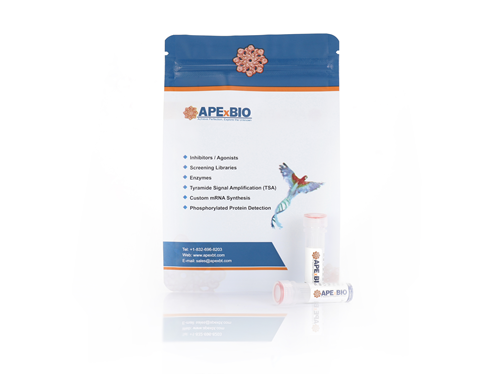Recombinant Human IGF-II (hFc)
Insulin-like Growth Factor-II (IGF-II) is an important growth factor belonging to the insulin-like growth factor family. IGF-II plays a crucial role in physiological processes such as cell proliferation, differentiation, metabolic regulation, embryonic development, and tissue repair. Recent studies have revealed that IGF-II holds significant research value and application potential in fields such as tumor progression, metabolic diseases, and regenerative medicine.
This product is a recombinant fusion protein consisting of human IGF-II protein fused with the human IgG1 Fc fragment. The fusion with the Fc fragment enhances protein stability, prolongs its half-life, and improves bioavailability in vivo, facilitating relevant research and application development by researchers.
| Gene ID | 3481 |
| Accession # | P10344 |
| Alternate Names | Human IGF-II; IGF-II; IGFII; IGFII; IGF2; IGF-2; IGF 2; h-IGF-II; rh-IGF-II; recombinant human IGF-II; recombinant IGF-II; IGF |
| Source | HEK293 |
| Protein sequence | AYRPSETLCGGELVDTLQFVCGDRGFYFSRPASRVSRRSRGIVEECCFRSCDLALLETYCATPAKSE |
| M.Wt | The protein has a calculated MW of 35-38 kDa. |
| Appearance | Solution protein |
| Stability & Storage | Use a manual defrost freezer and avoid repeated freeze-thaw cycles - 36 months from date of receipt, -20 to -70°C as supplied |
| Concentration | 1 mg/mL |
| Formulation | Supplied as a 0.2 μm filtered solution in PBS, pH7.4. |
| Reconstitution | We recommend that this vial be briefly centrifuged prior to opening to bring the contents to the bottom. This solution can be diluted into other aqueous buffers. |
| Biological Activity | Fully biologically active as determined by a serum-free cell proliferation assay using MCF‑7 human breast cancer cells. The EC50 for this effect is 1 ng/mL. |
| Shipping Condition | Shipping with dry ice. |
| Handling | Centrifuge the vial prior to opening. |
| Usage | For Research Use Only! Not to be used in humans. |
Quality Control & DataSheet
- View current batch:
-
Purity > 95 % by SDS-PAGE
- Datasheet
Endotoxin: Less than 1.0 EU/µg as determined by LAL method.








